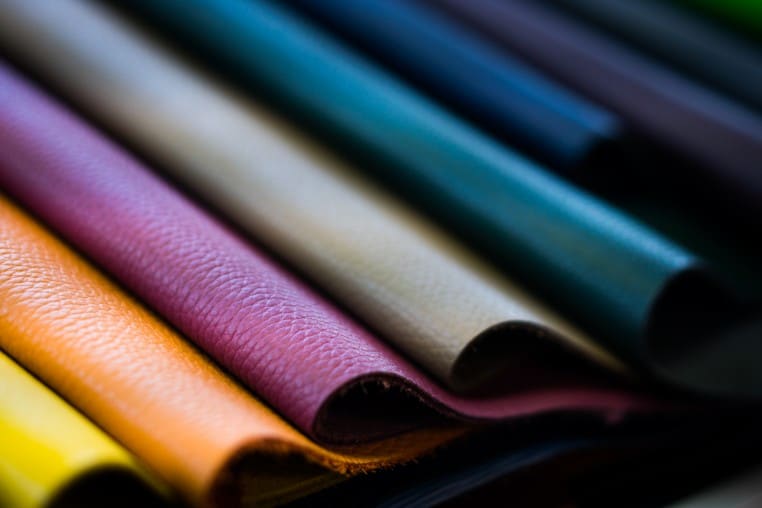Accompanied by Happydemics, the Economic Observatory of the National Leather Council reveals the results of its online study on the perception of leather by the French.
The National Leather Council, helped by the Happydemics research platform, conducted a study on the perception of leather among a representative sample of the French population. This study allowed to evaluate the image of leather and the uses that the French have of it.
A responsible material
According to the study, the leather material has a positive image in terms of resistance and longevity. Indeed, 74% of French people say that it is a “durable” and “natural” material and 64% of them describe it as “solid”. Among those who said they consume leather goods, 63% consider leather to be the most resistant material, ahead of synthetic materials and textiles.
The repairability of leather is also perceived positively by the French : 6 out of 10 consumers are in the habit of repairing their leather goods and 31% of them buy them second hand. At a time when over-consumption is being pointed out, the fact that leather is repairable is a major asset.
73% of French people say that leather is a natural material, but this is a fact better known by older populations: 54% of 18-24 year olds think that animals are raised to make leather, while 31% say that it is not an animal material.
Consumption habits
Moreover, among the 52% of French people who do not buy leather, 30% of 18-24 year olds cite animal protection as a reason for this choice and 21% believe that they are protecting the planet. However, in France and in Europe, leather is made from the skins of animals raised for their meat or milk. Moreover, the skin represents on average about 5% of the total value of a farmed animal. Thus, raising an animal for its hide would represent an economic model without any viability.
Leather is perceived as an expensive material for 70% of respondents, yet almost half (48%) are used to buying it. Among the most popular items, shoes are the most consumed leather product (33%), followed by leather goods (23%), clothing (18%), and finally gloves and furniture (13%).
Women report buying leather goods more often than men (30% vs. 16%), while conversely, men are more likely to buy shoes than women (34% vs. 32%).
“The results of this study show that leather is perceived positively by a majority of French people, despite many preconceived ideas, often persistent. Nevertheless, the leather industry is doing its utmost to accelerate the information and awareness work carried out in recent years, especially among the younger generations. As a responsible material, the leather industry is committed to defending the intrinsic qualities of this exceptional material,” says Frank Boehly, President of the National Leather Council.
Read also > THE NATIONAL LEATHER COUNCIL’S NEW RIUC CAMPAIGN
Featured photo : © Conseil National du Cuir










